By Kevin M. Hymel
When it came to the global war against tyranny, America’s blacks would not be denied a stake in the action. Despite prejudice and segregation at home, they joined the ranks and contributed to the ultimate victory. They fought to win peace but they also fought to prove they were as good as any fighter anywhere. Unfortunately, the United States was not prepared to give them an equal share of the war. Segregationist policies, so well established in civilian life, carried over to the war effort.
Most blacks were placed in service units, not frontline fighting groups. But through strenuous efforts, the ranks opened themselves up to infantry, armored, and even fighter squadron units composed of blacks, even though constraints continued.
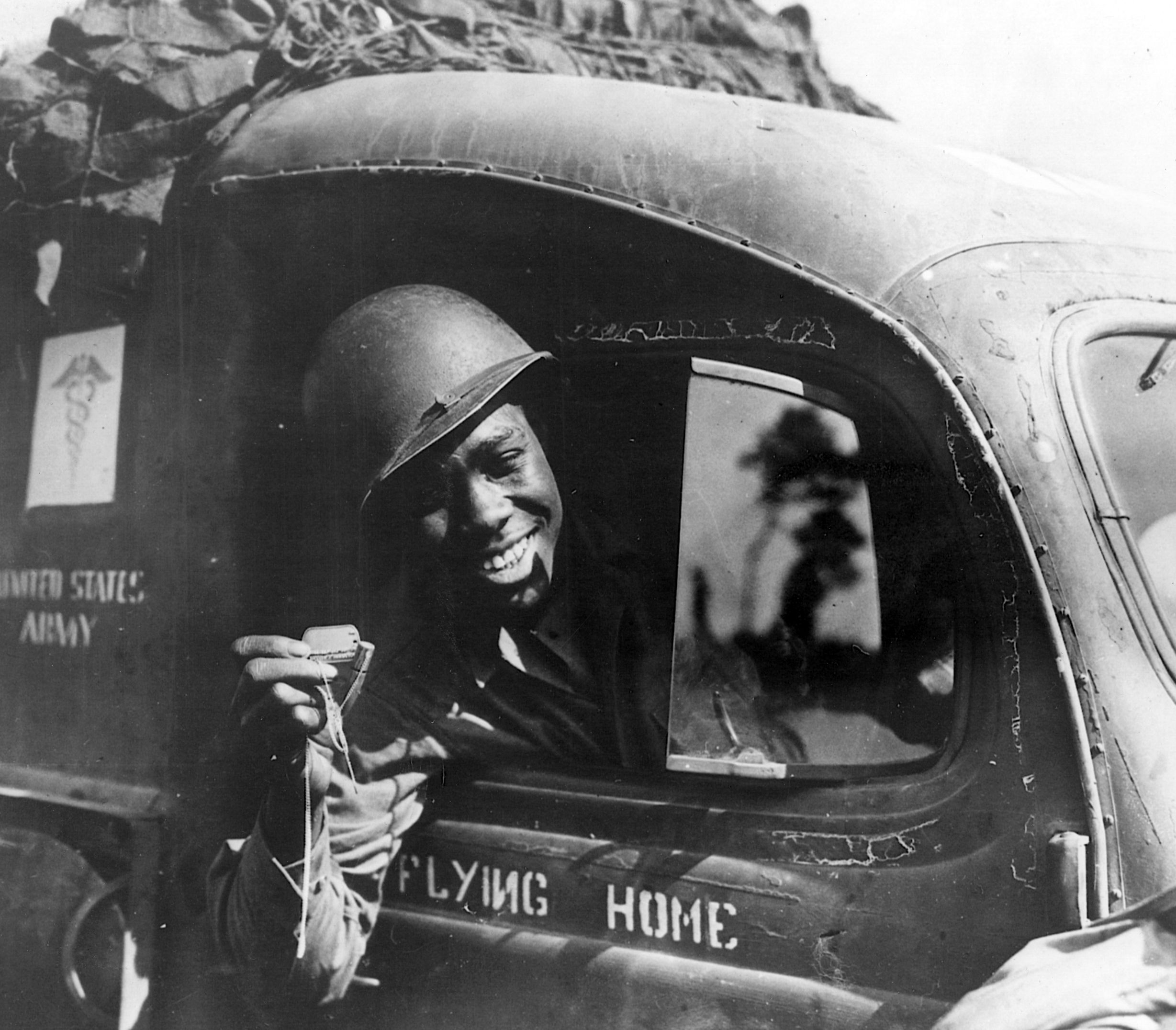
In the Army, blacks served in a variety of units. There were two black infantry divisions as well as black artillery batteries, armored battalions, chemical units, and even a parachute battalion, though that unit protected the home front. Behind the lines, they served in almost every capacity, particularly the crucial Red Ball Express, a truck line that kept forward units in France supplied and fed.
In the Navy, blacks handled munitions and served aboard ships as mess stewards, but when the fighting started, they manned their battle stations with everyone else. The same was true in the Coast Guard. In the Marine Corps, blacks again served in a supply and service capacity, but they also formed small assault units.
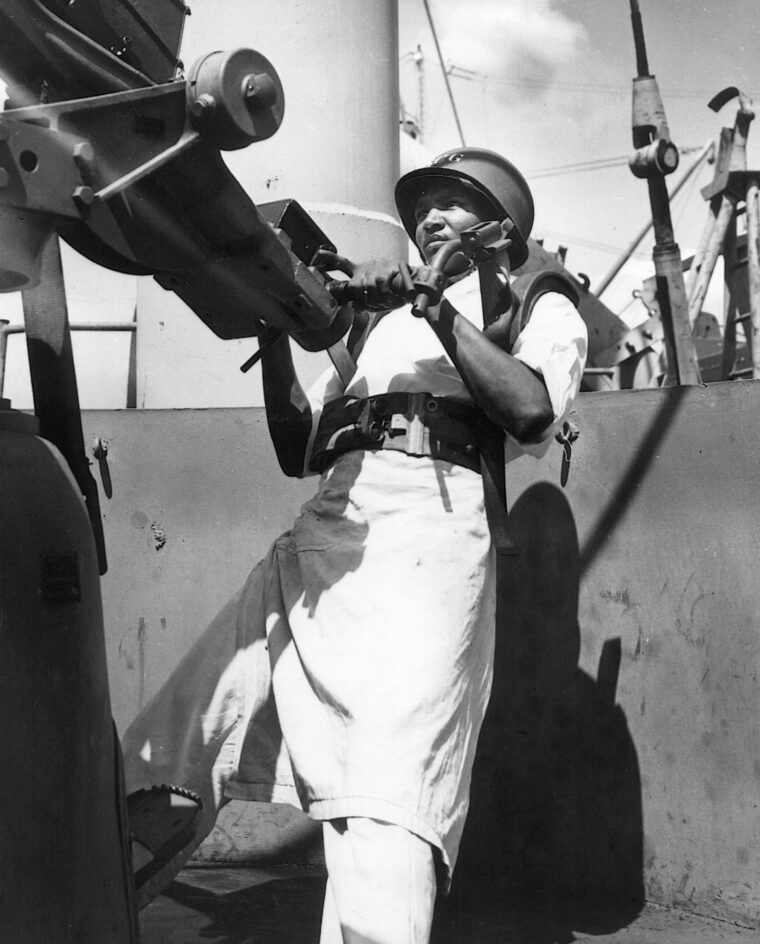
As the fighting intensified and casualties grew around the world, especially in Europe, more and more blacks were asked to join fighting units, which they did voluntarily. By the end of the war, the face of the military had changed. Segregation still existed, but blacks showed what they were capable of, which, in five years, would lead to the end of the wasteful policy. It would take decades to overcome segregation in the United States, but the gains made in World War II served as a bedrock to those citizens who believed that anyone born into a democracy should be allowed to participate in it equally.
Frequent contributor Kevin Hymel is the writer/editor for the U.S. Army’s Freedom Team Salute, a program that thanks veterans as well as people who support soldiers and the Army’s mission.
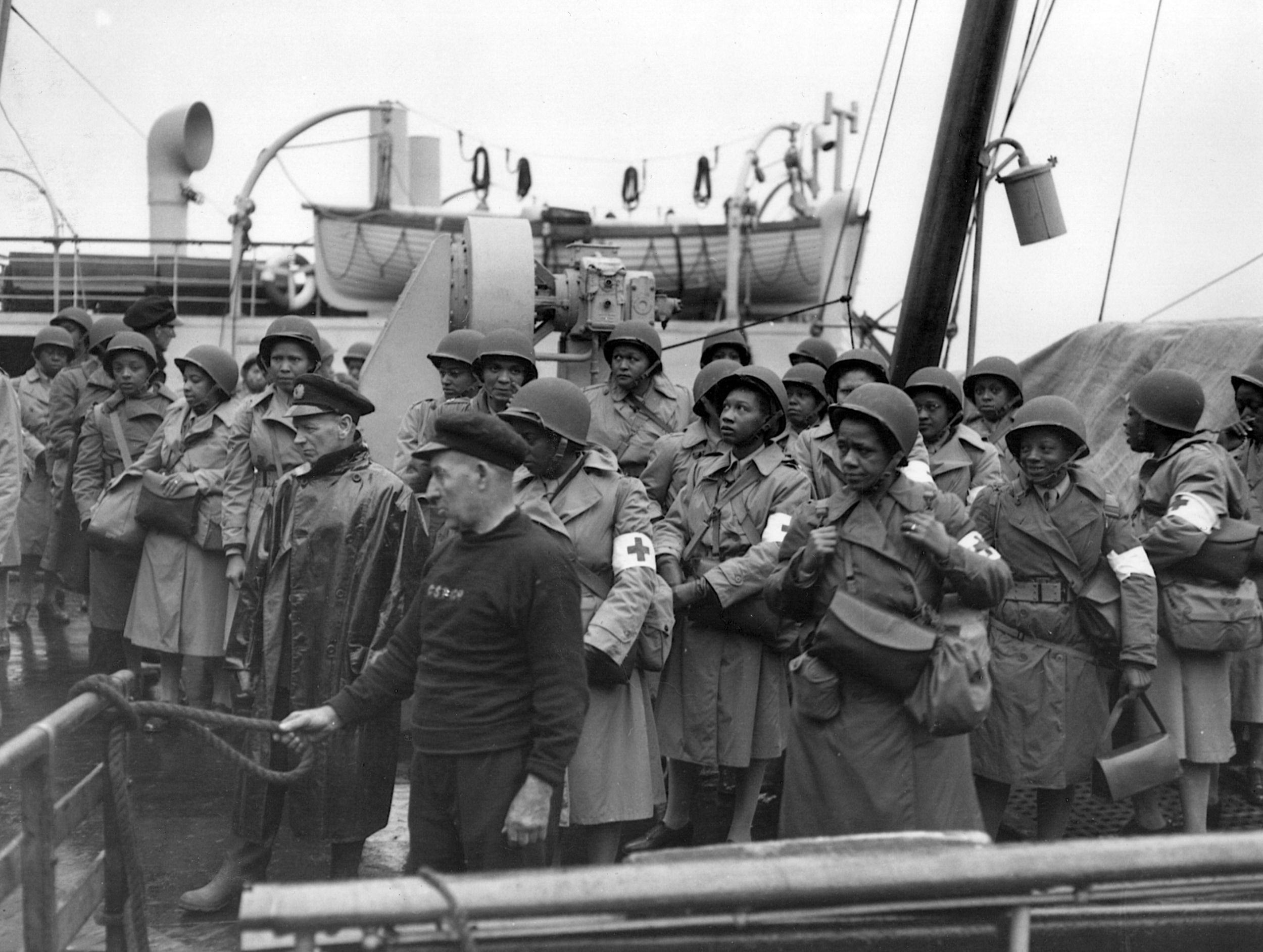
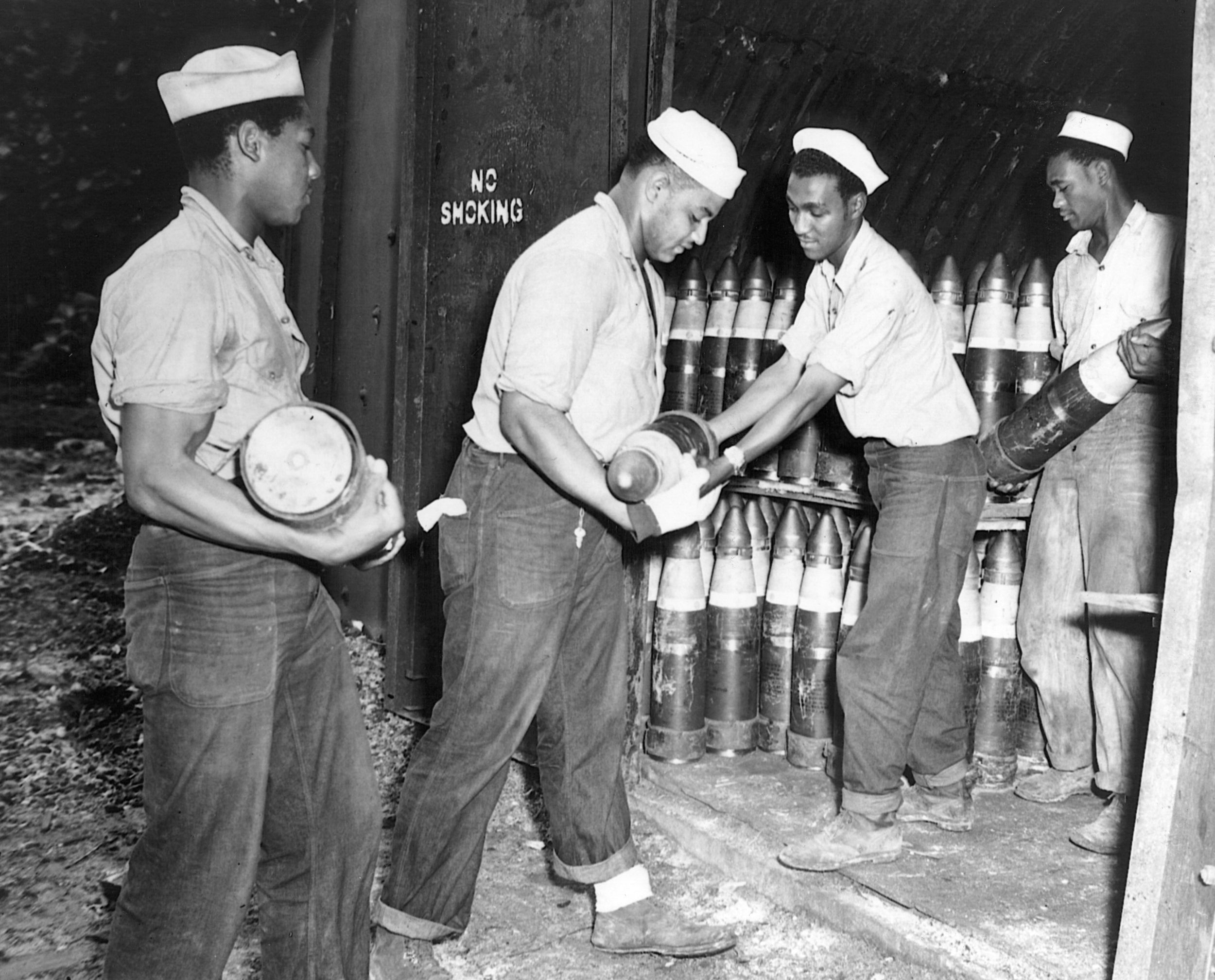
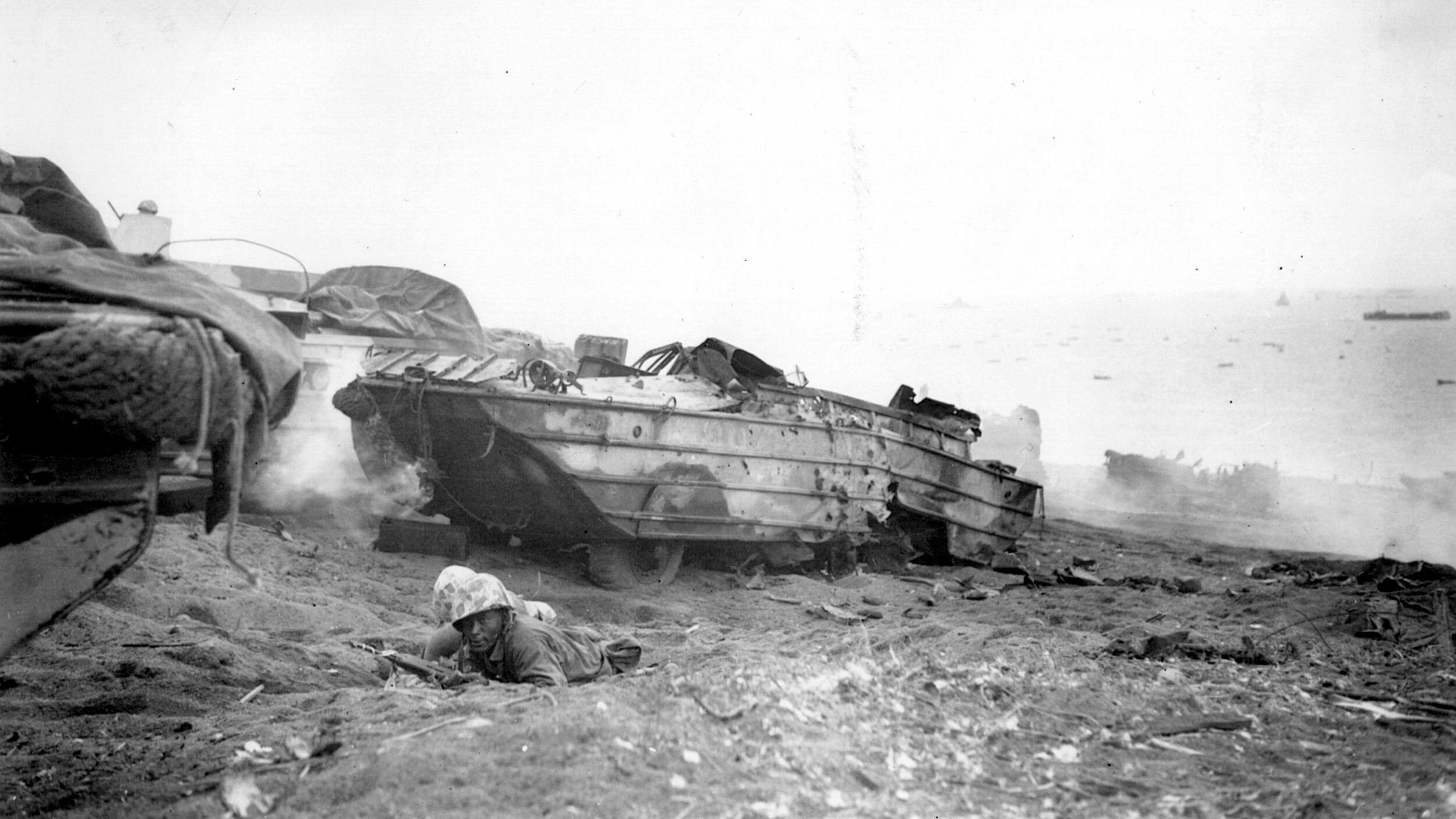
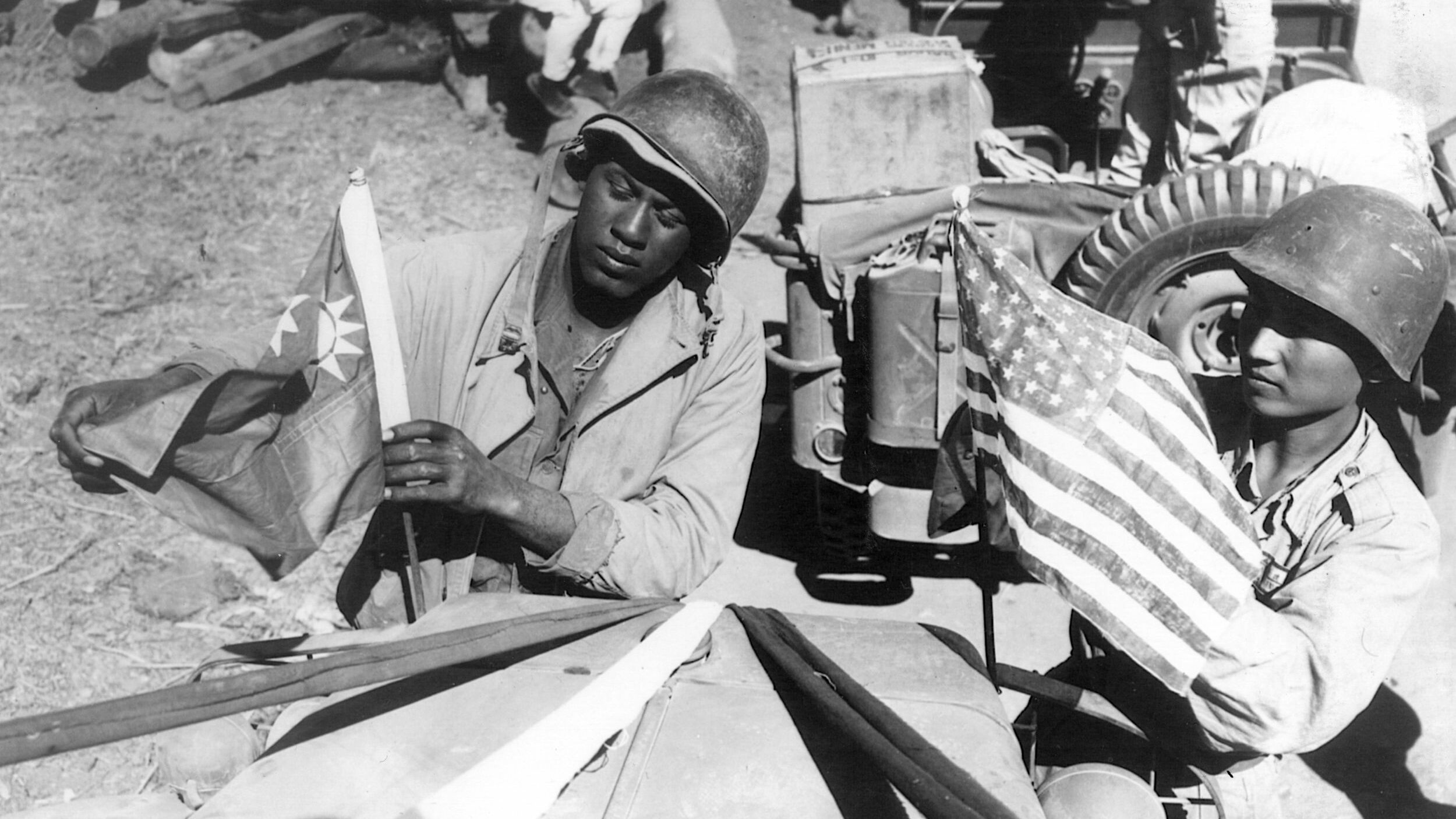
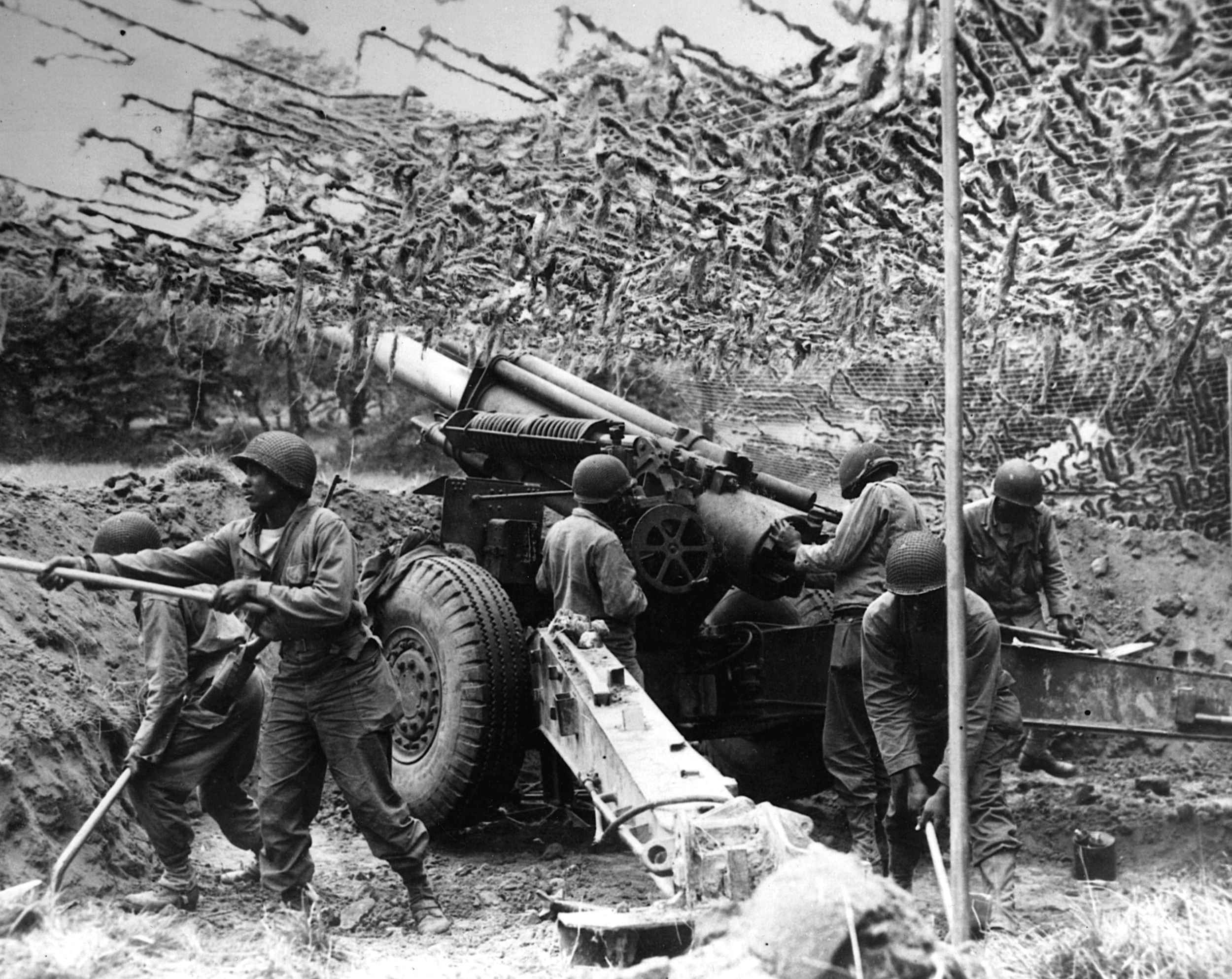
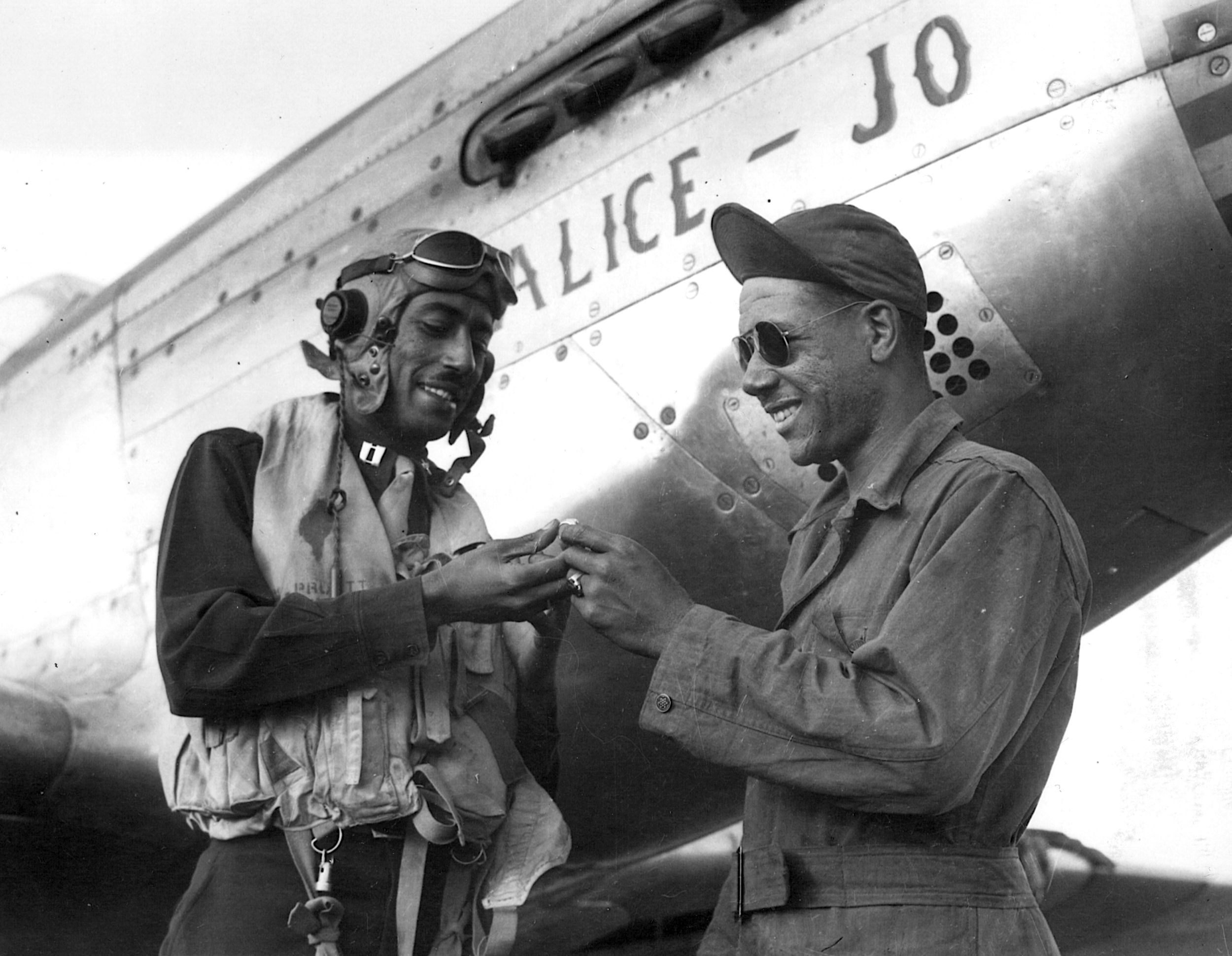
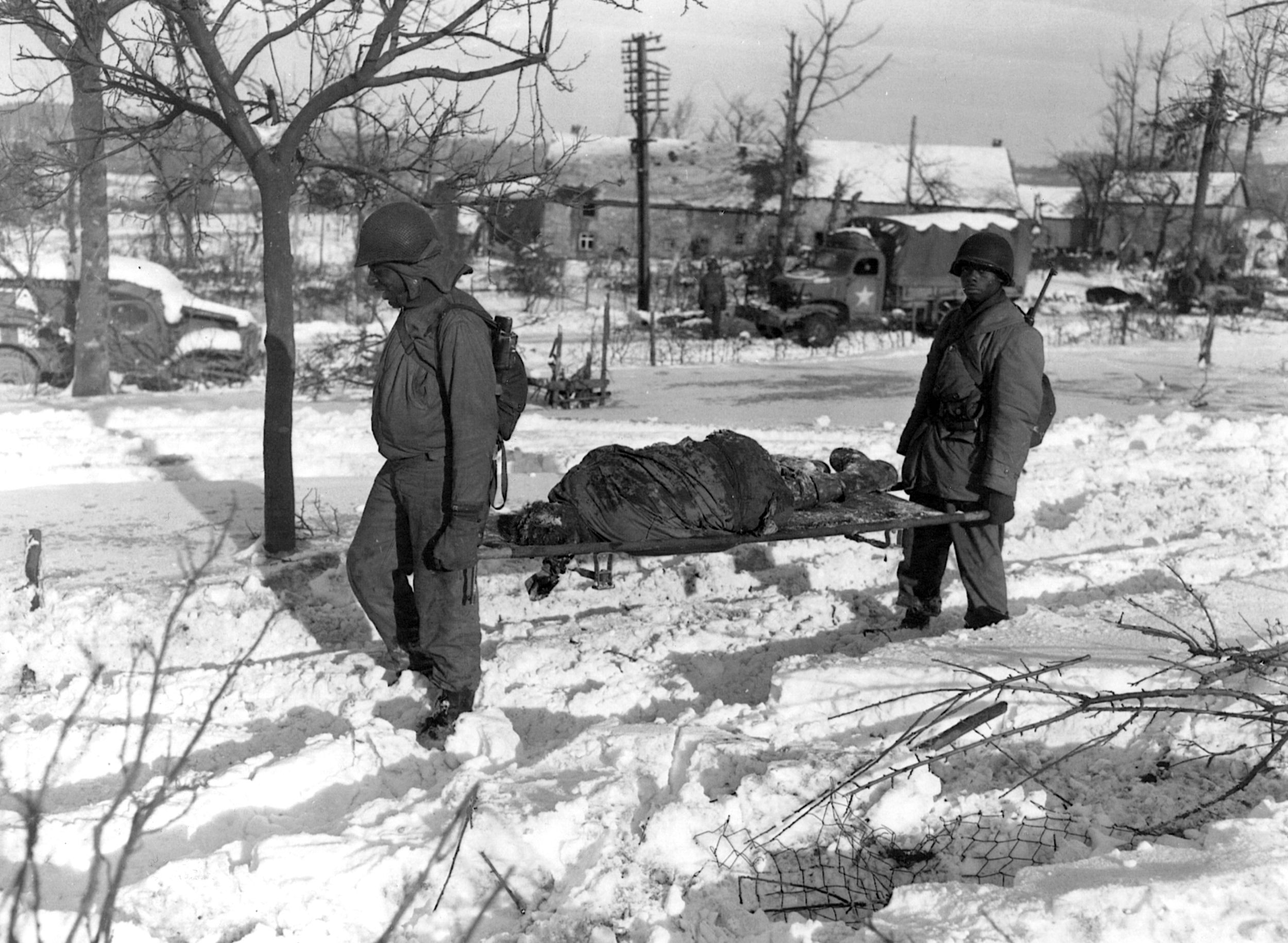
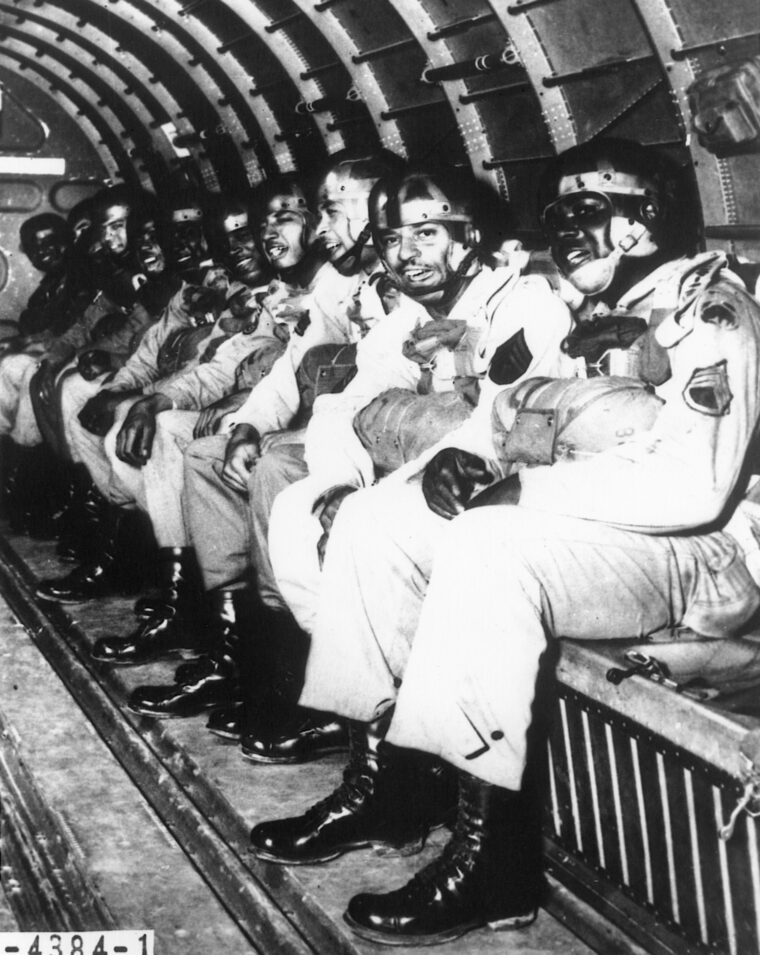
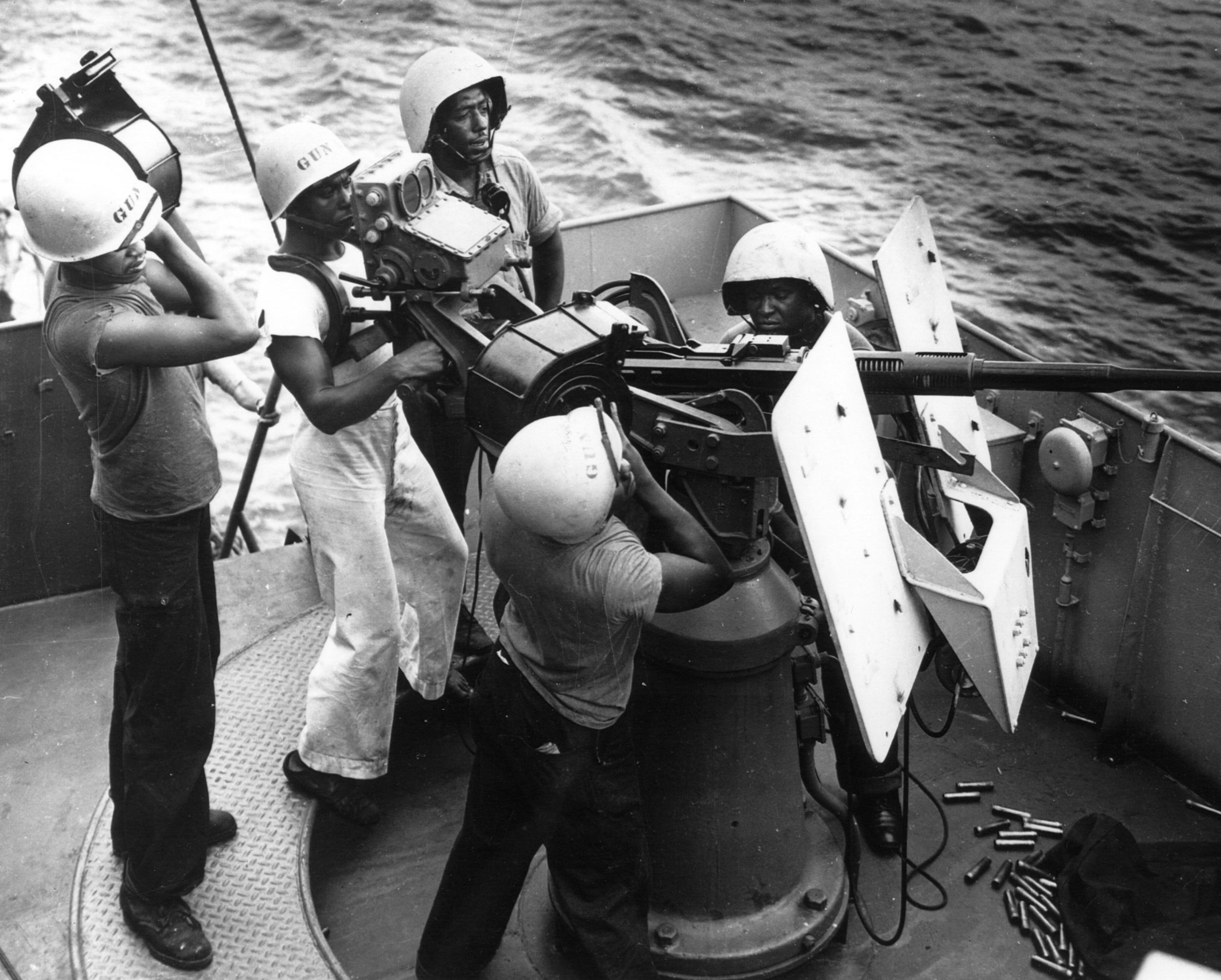
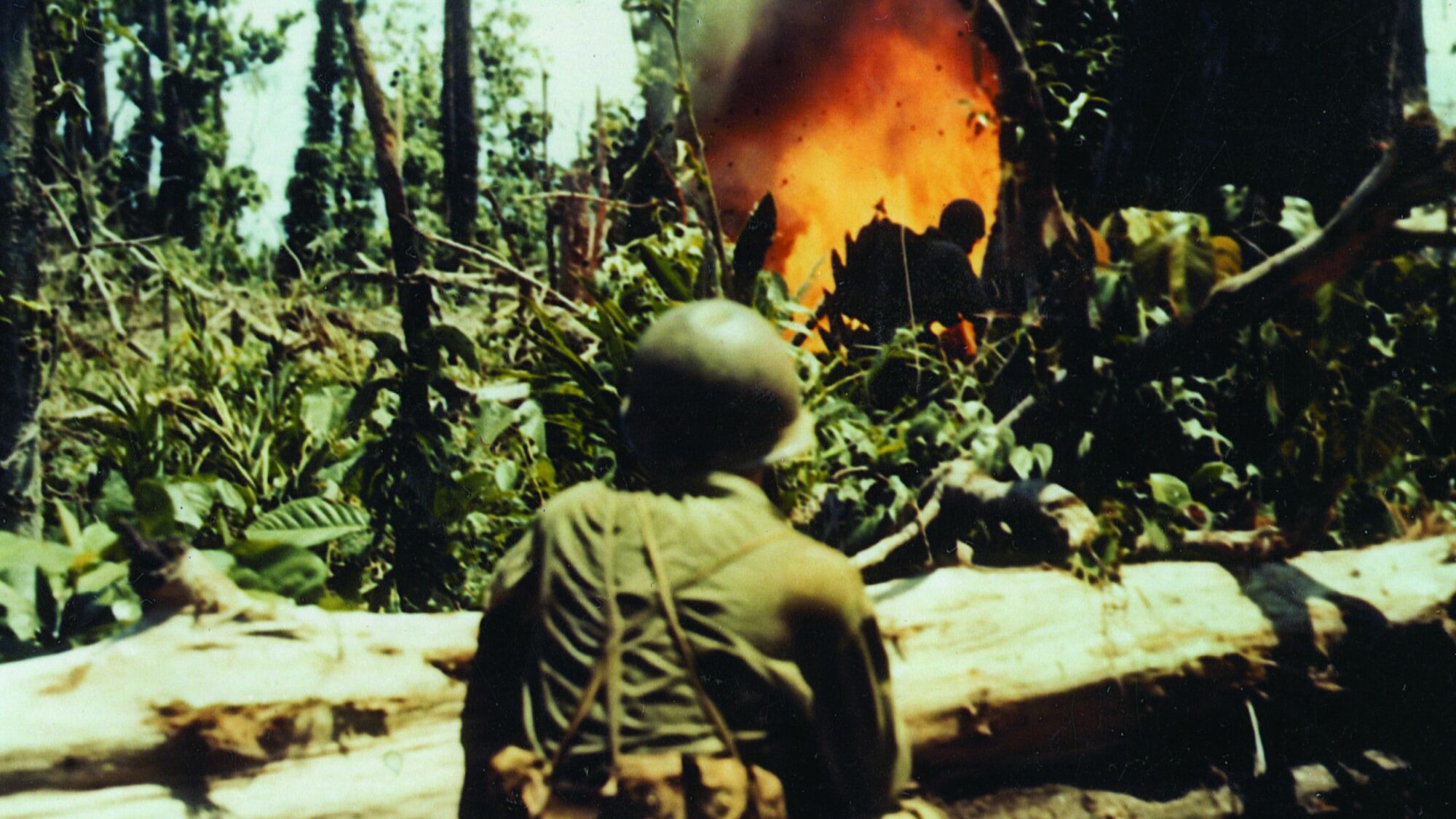
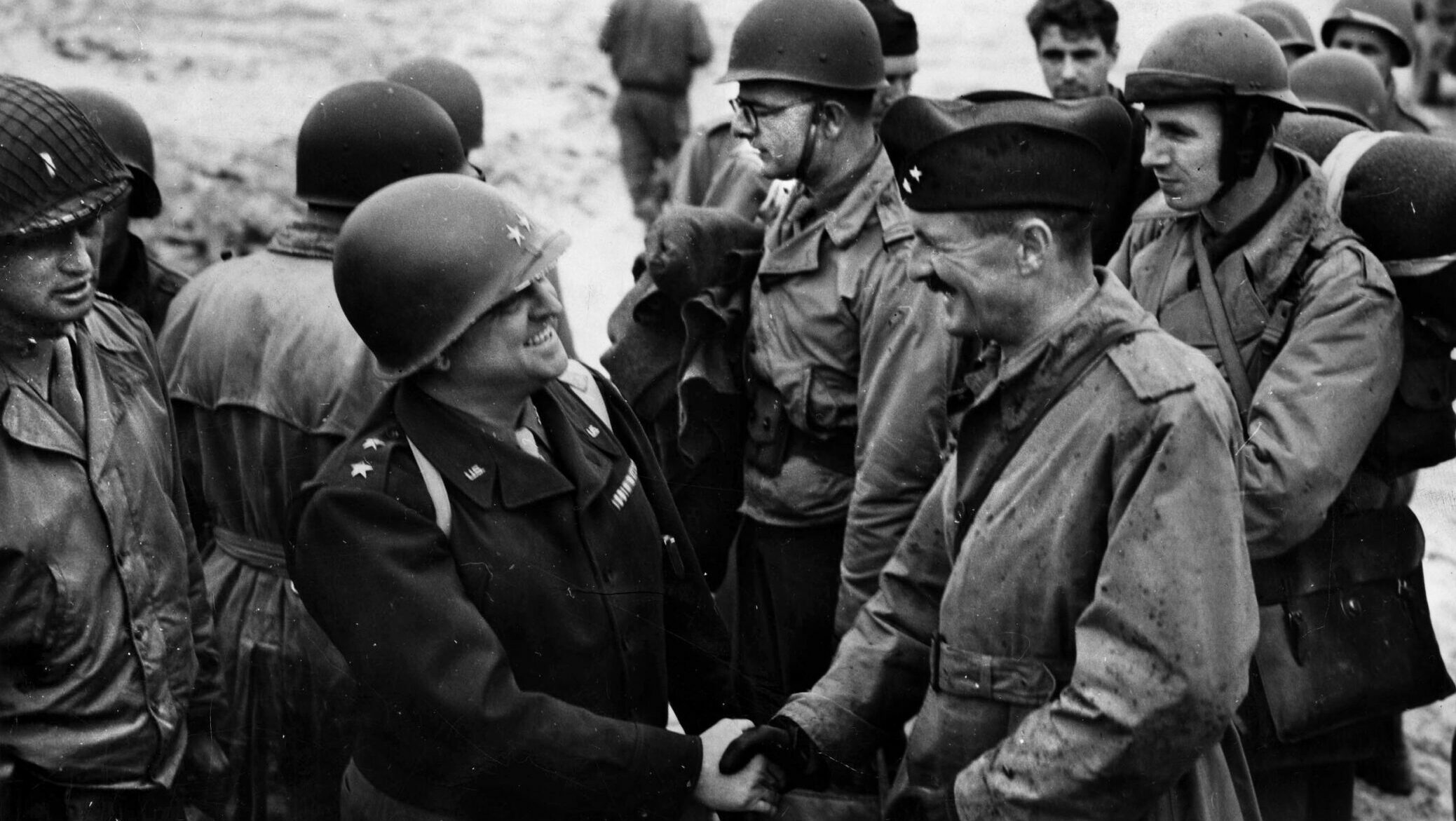
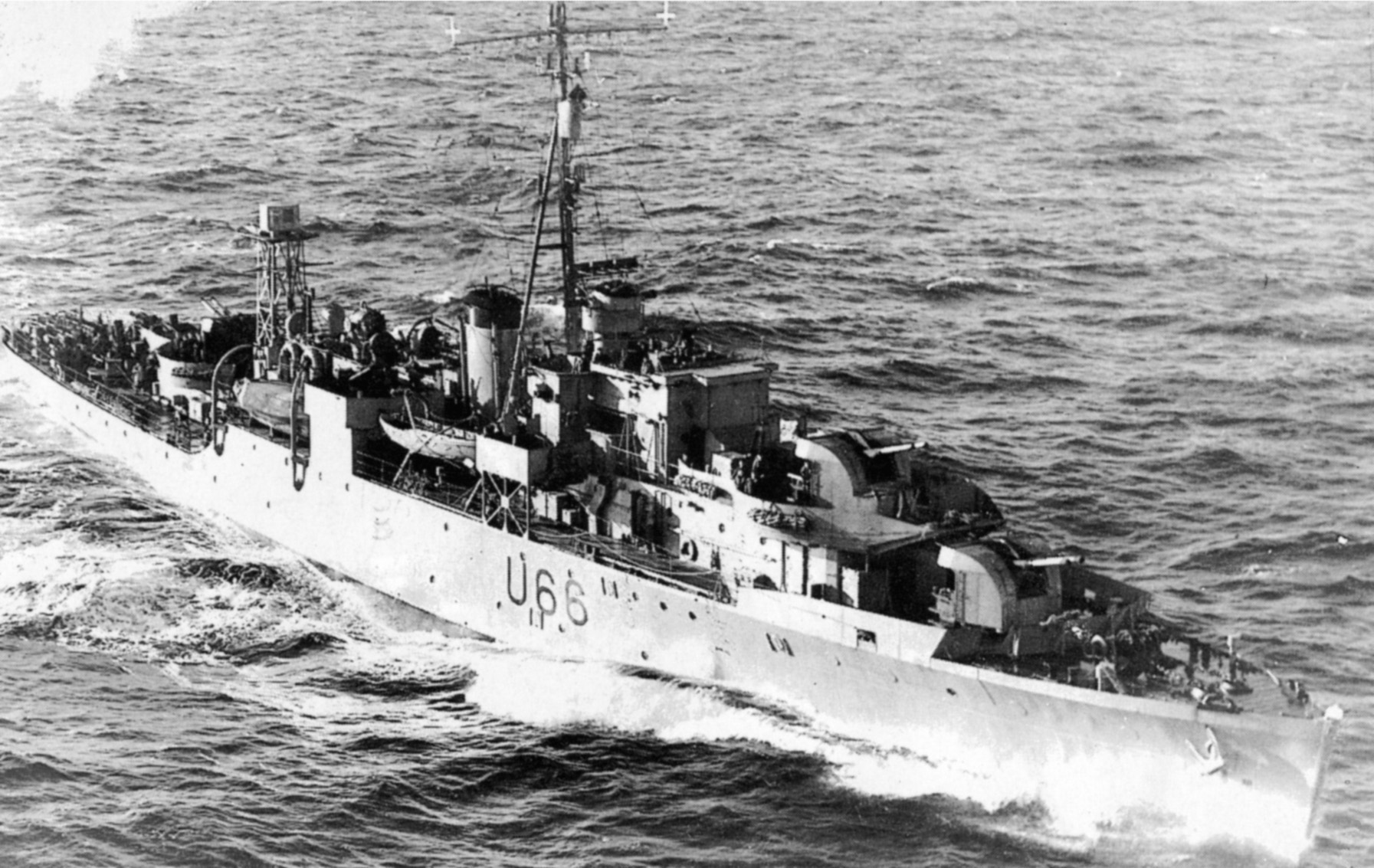
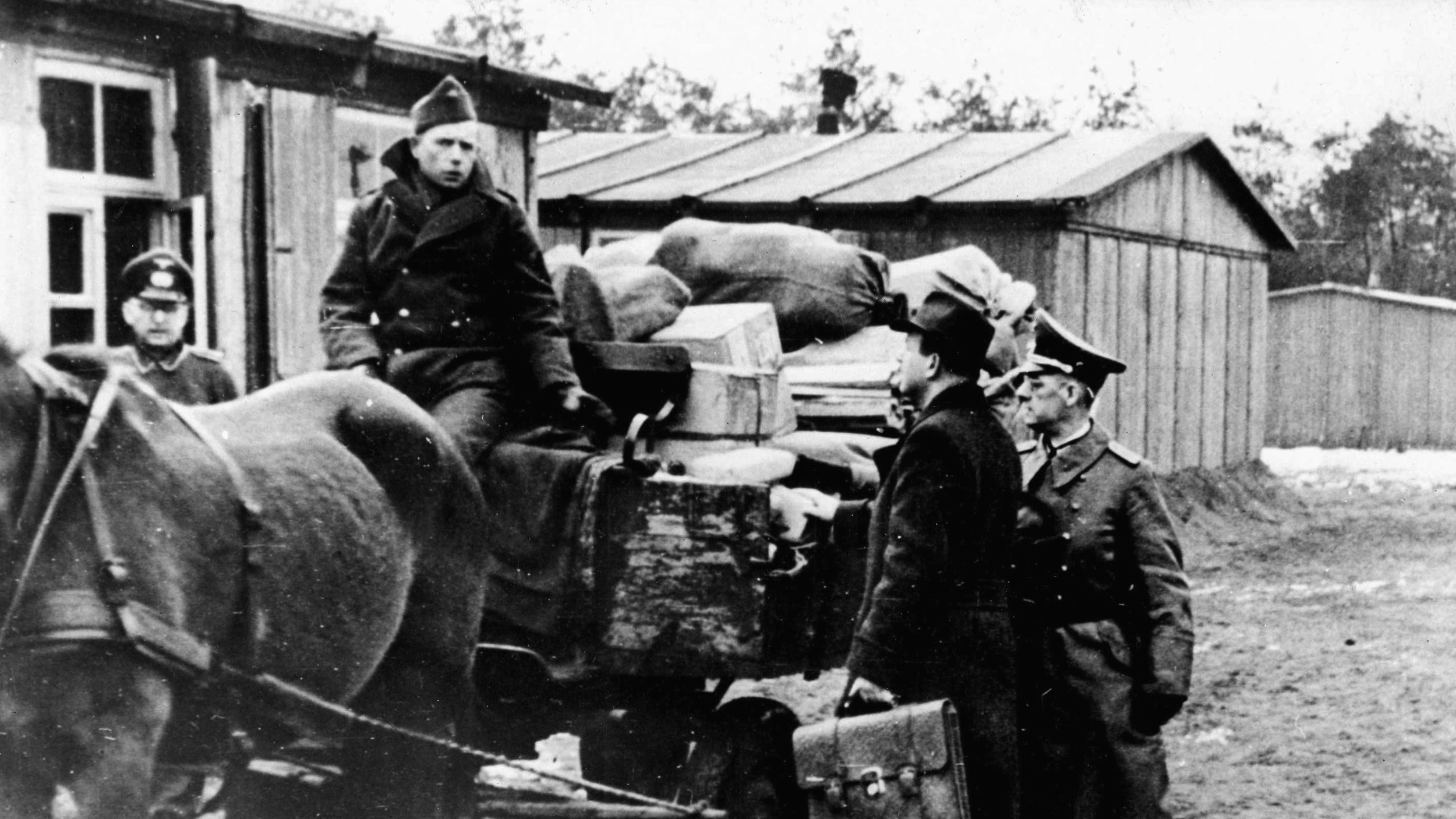
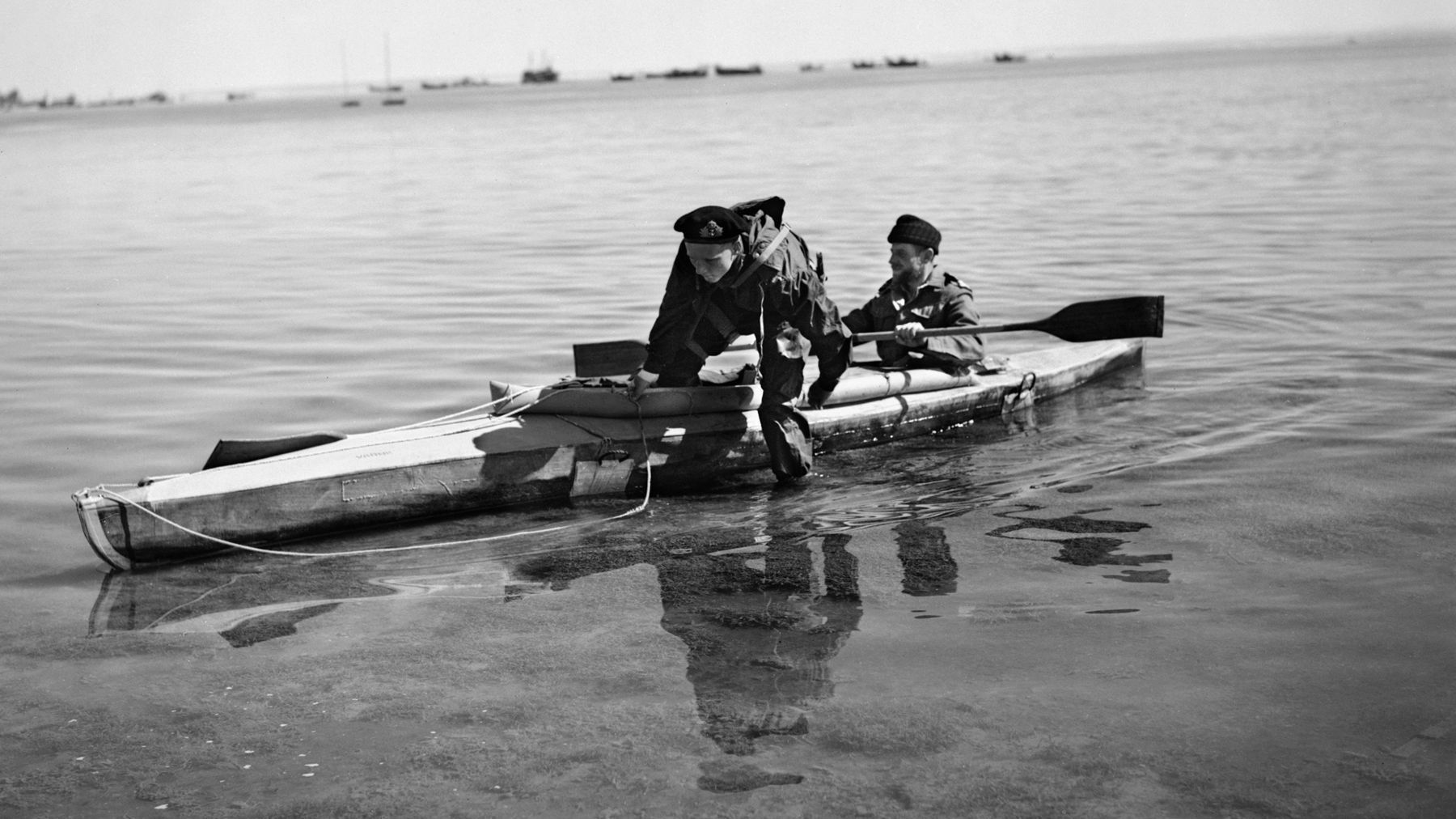
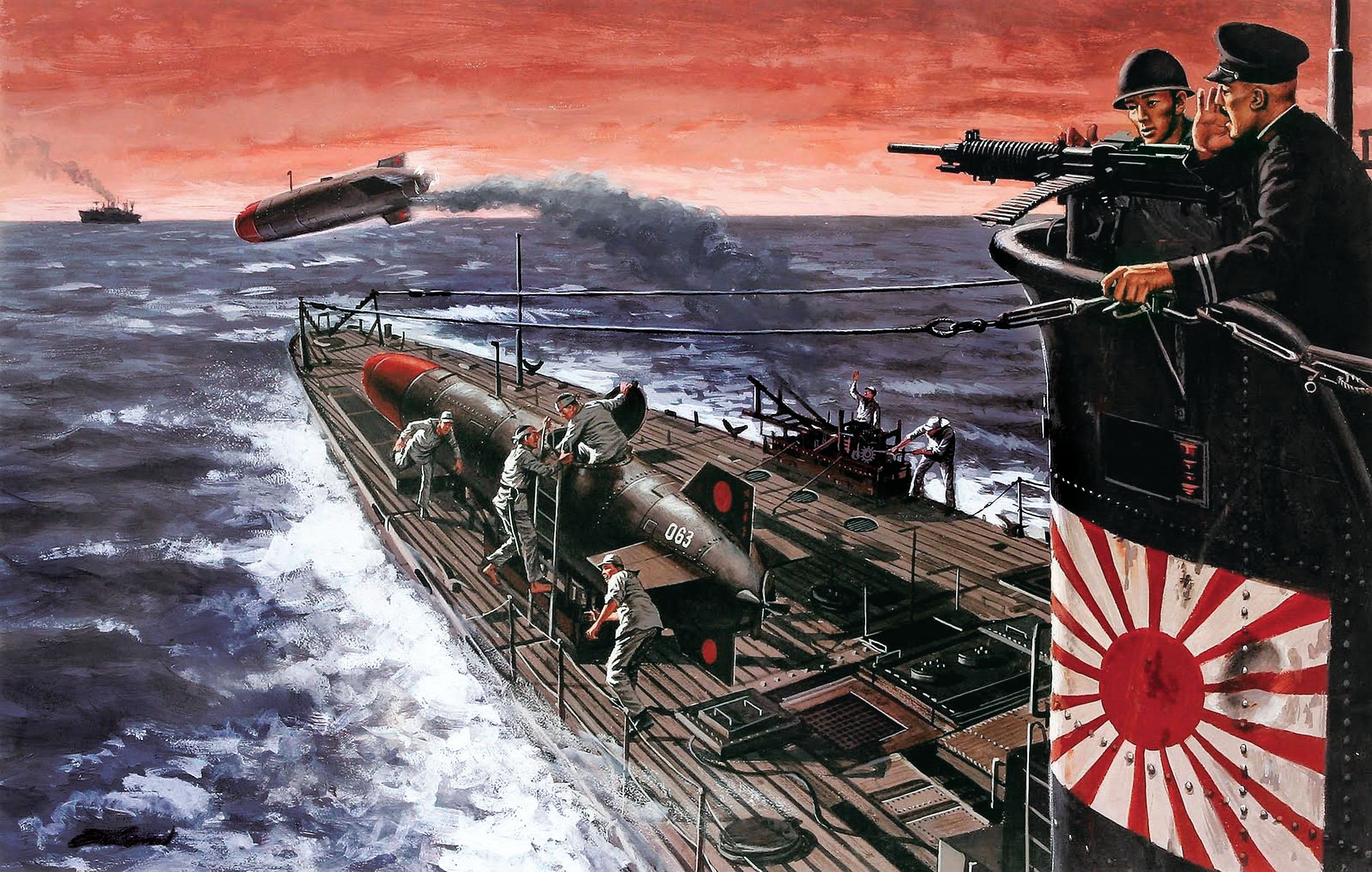
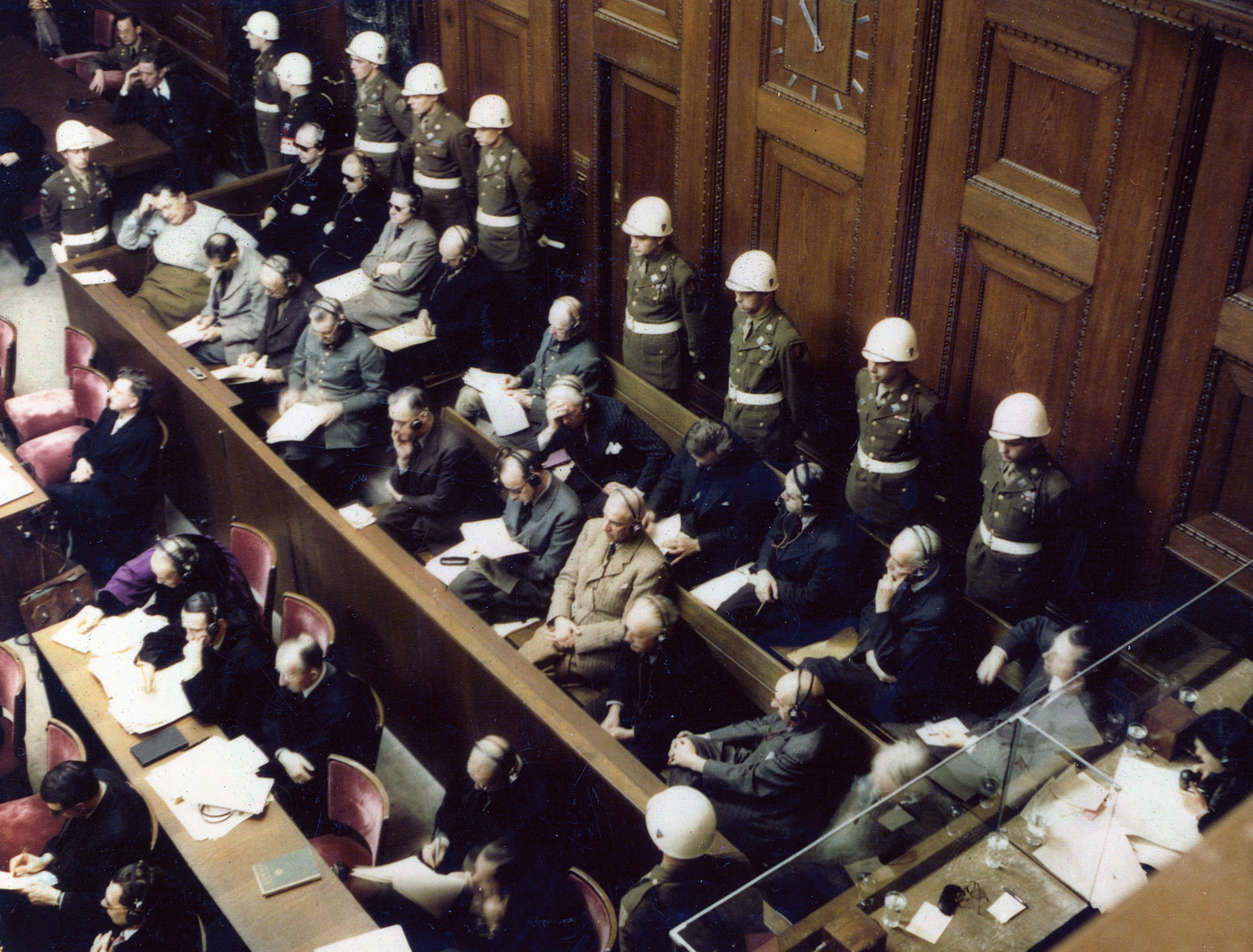
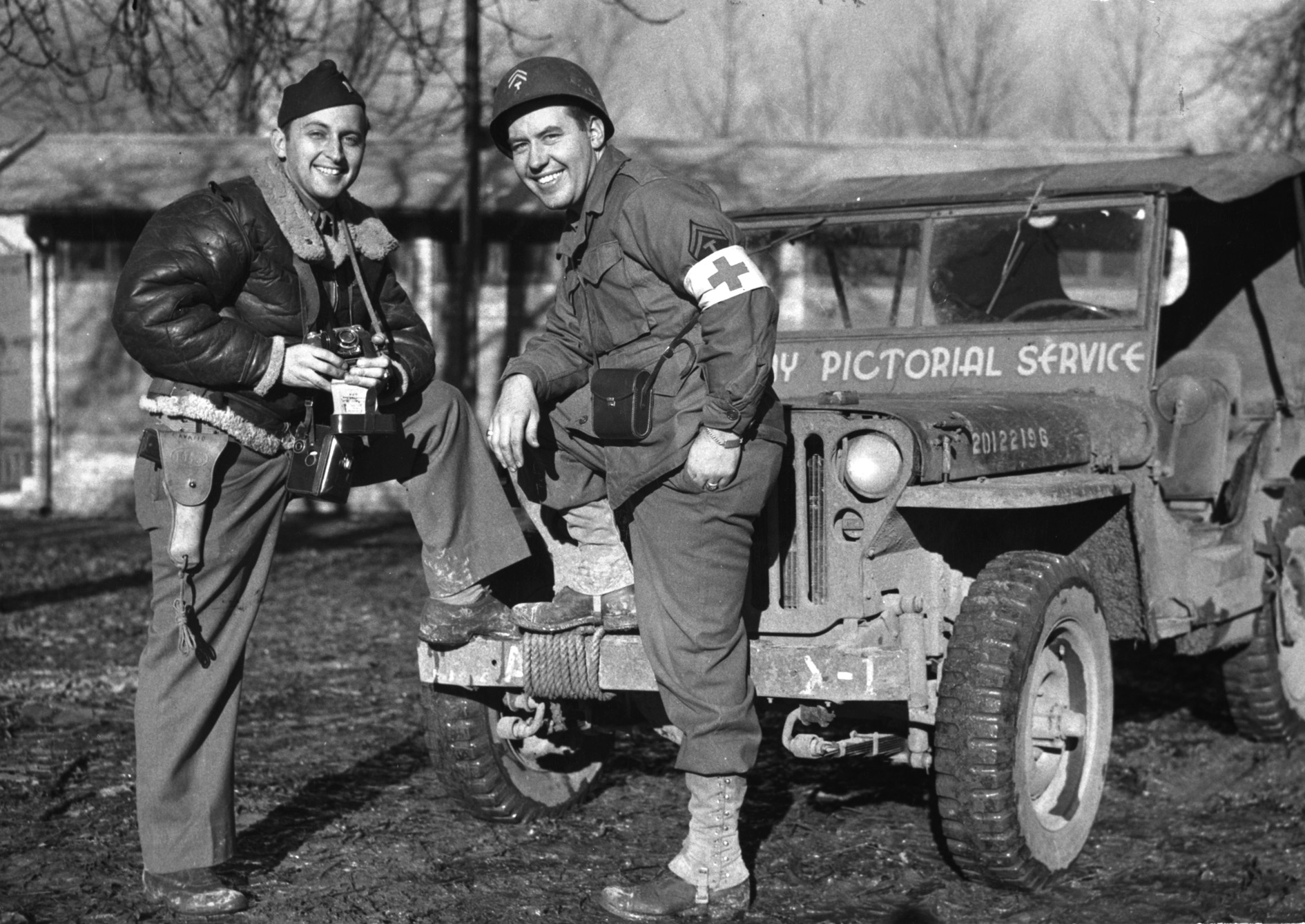
Join The Conversation
Comments
View All Comments